Feb 19, 2016
Moving electrons around loops with light: A quantum device based on geometry
Posted by Karen Hurst in categories: electronics, engineering, quantum physics
More news on Qubits that are surprisingly intrinsically resilient to noise.
While a classical bit found in conventional electronics exists only in binary 1 or 0 states, the more resourceful quantum bit, or ‘qubit’ is represented by a vector, pointing to a simultaneous combination of the 1 and 0 states. To fully implement a qubit, it is necessary to control the direction of this qubit’s vector, which is generally done using fine-tuned and noise-isolated procedures.
Researchers at the University of Chicago’s Institute for Molecular Engineering and the University of Konstanz have demonstrated the ability to generate a quantum logic operation, or rotation of the qubit, that — surprisingly — is intrinsically resilient to noise as well as to variations in the strength or duration of the control. Their achievement is based on a geometric concept known as the Berry phase and is implemented through entirely optical means within a single electronic spin in diamond.
Continue reading “Moving electrons around loops with light: A quantum device based on geometry” »
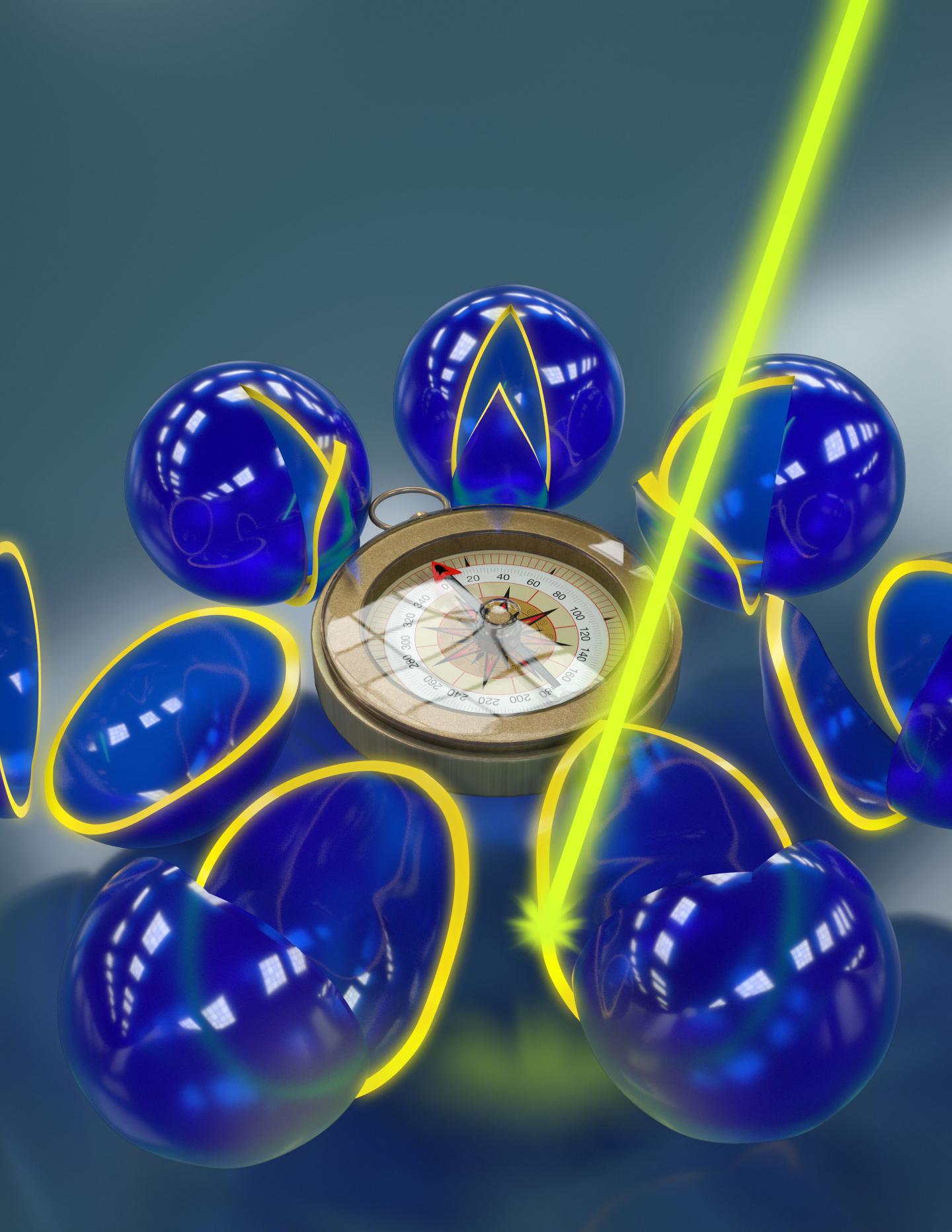

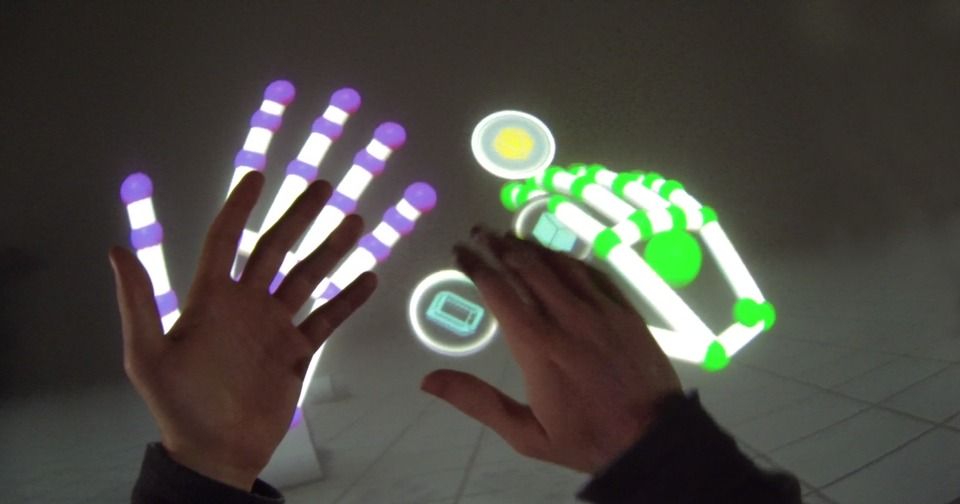

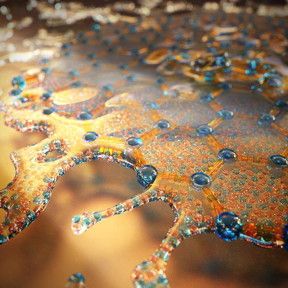
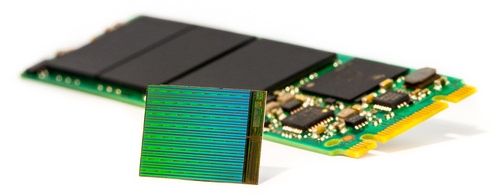

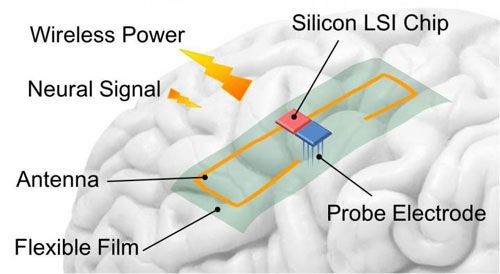

 What would be really cool is have a “Computer Screen in a Can”; take your polymer spray and instantly create a screen on a table, a window, suitcase, etc. with your “Computer Screen in a Can”; U Can! I can just imagine the infomercials. On a more serious note — NW Univ has developed a new Hybrid Polymer which is going to expand the capabilities of polymer into so many areas in medicine, to manufacturing, electronics, self reparing material & devices, etc.
What would be really cool is have a “Computer Screen in a Can”; take your polymer spray and instantly create a screen on a table, a window, suitcase, etc. with your “Computer Screen in a Can”; U Can! I can just imagine the infomercials. On a more serious note — NW Univ has developed a new Hybrid Polymer which is going to expand the capabilities of polymer into so many areas in medicine, to manufacturing, electronics, self reparing material & devices, etc.








